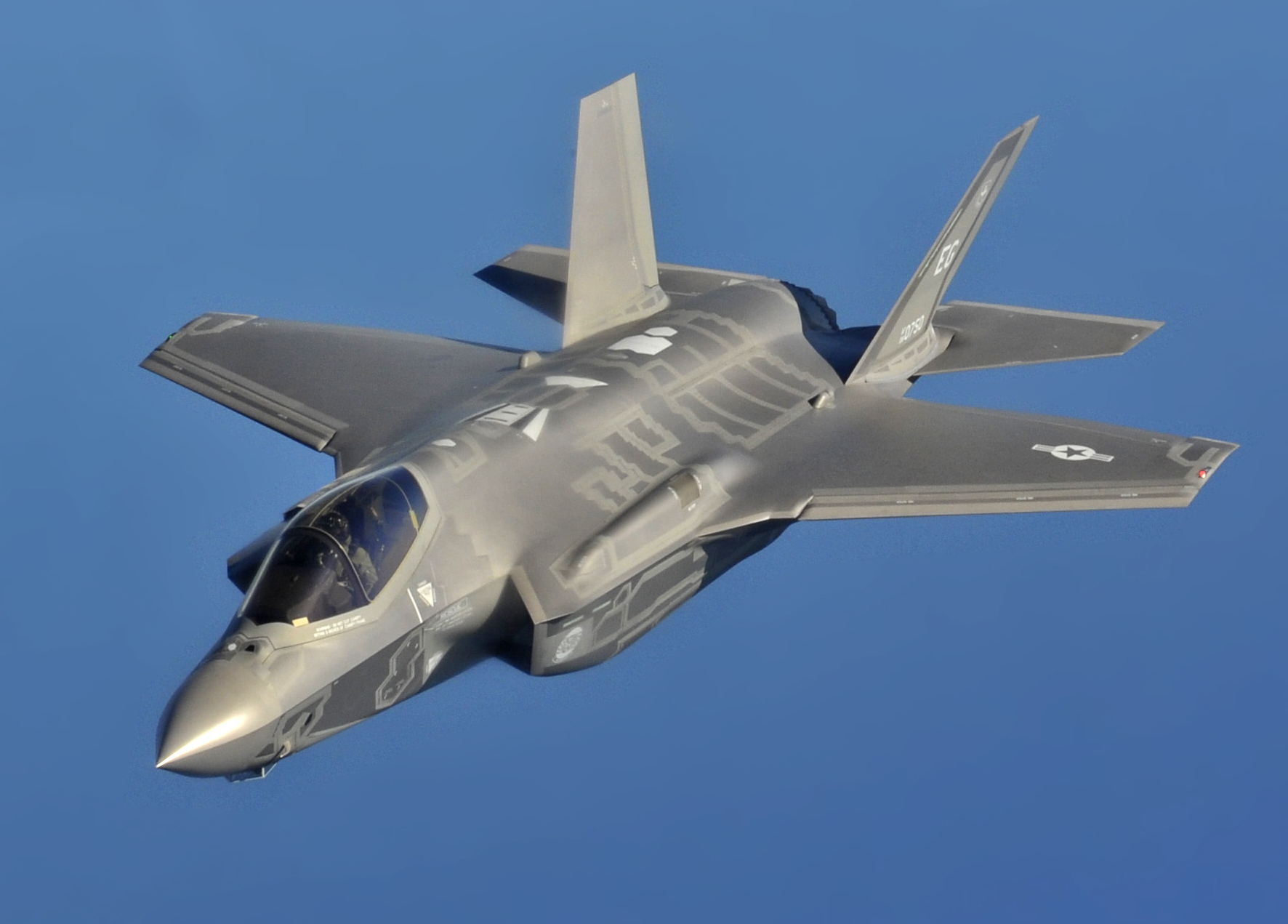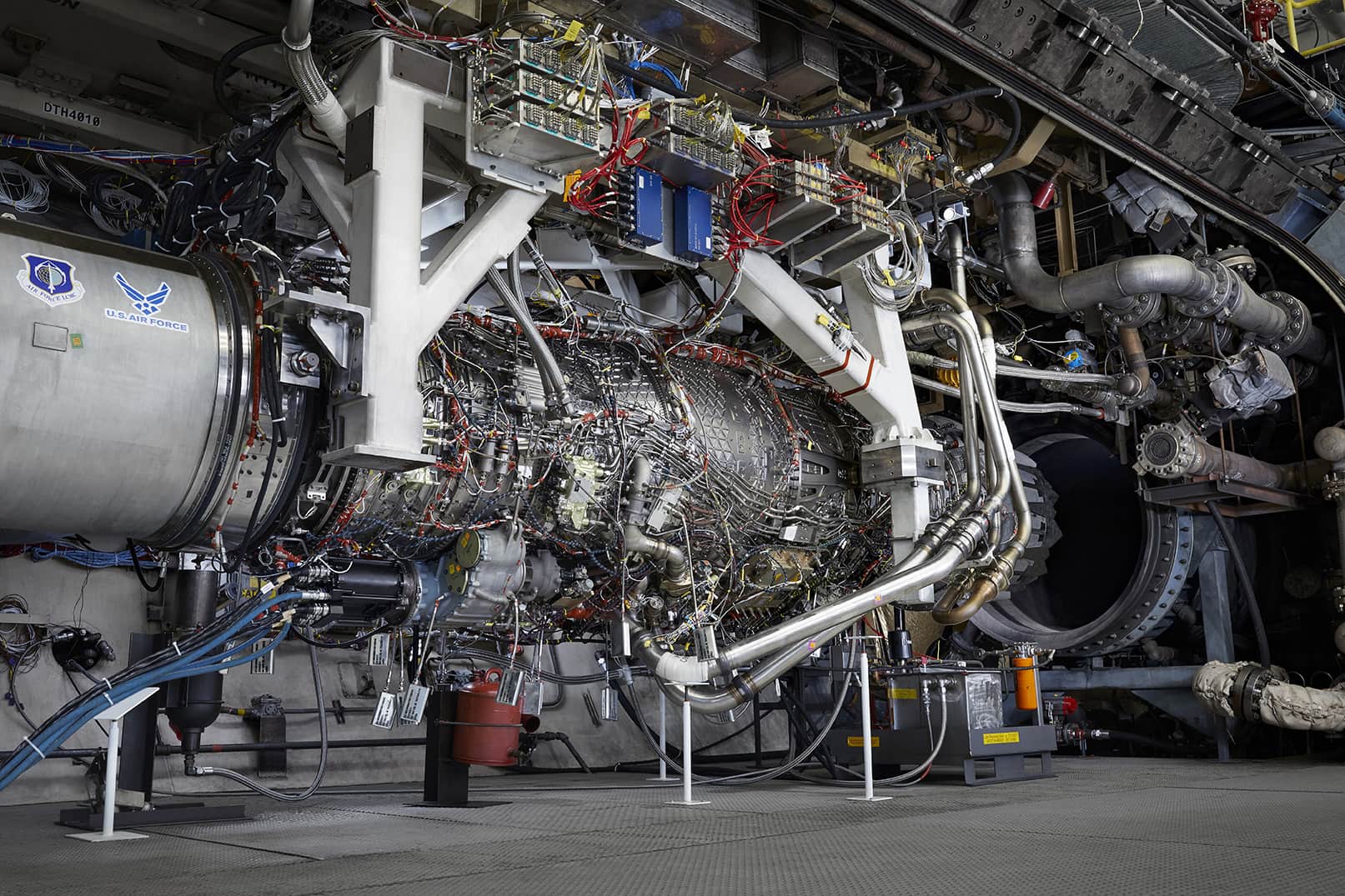The United States Air Force (USAF) anticipates that the prospective Next Generation Air Dominance (NGAD) sixth-generation aircraft, which lawmakers have criticized for various factors, will cost hundreds of millions of dollars each tail.
On April 27, Air Force Secretary Frank Kendall told members of Congress that the manned fighter aircraft, that will be at the core of the Air Force’s Next Generation Air Dominance (NGAD) program, would require hundreds of millions of dollars each.
Kendall said the main NGAD fighter will cost “hundreds of millions of dollars… on an individual basis” while testifying before the House Armed Services Committee on the fiscal 2023 budget proposal, conceding that such a massive price tag “is a number that’s going to attract your attention.”
:quality(70)/cloudfront-us-east-1.images.arcpublishing.com/mco/KDQ6S2ZFQNAX7ANHB7KZRKO5ZY.jpg)
The F-22, on the other hand, costs almost $135 million per tail, making it the most expensive fighter ever produced by the US Air Force. The F-35A, on the other hand, costs roughly $80 million per plane but remains the most costly project in the history of the US military.
Furthermore, as seen by Lockheed Martin executives’ statement that rising inflation and pandemic supply chain disruptions could push the cost of the F-35 stealth fighter higher than planned. As a result, the cost of this aircraft is expected to rise even further.
According to Kendall, NGAD will exceed such expenditures, at least in terms of cost per plane. But, as Kendall pointed out, the sixth-generation platform will play an important role in air domination.
“It’s going to be an expensive airplane; F-22 was an expensive airplane. It’s also an incredibly effective aircraft. It’s been dominant in the air for decades now. And we expect NGAD to be the same,” Kendall said.
Concerned Over Price
However, it appears that the United States will attempt to keep the overall cost of the program low. Kendall emphasized that the service can lower development and maintenance costs.
“That starts in development,” Kendall added, emphasizing the importance of designing the system so that “you can do upgrades and do maintenance very efficiently.”
The F-35’s sustainment expenses and challenges have underlined this requirement, which has ballooned to massive costs for the program that will exceed $1.25 trillion over its service life.
The F-35 program began in 1992 to create a cost-effective, one-size-fits-all aircraft for the Air Force, Marine Corps, and Navy. However, last year, the Air Force publicly admitted that it failed the affordability test.
Meanwhile, given the scarcity of fighter aircraft across services, US senators had previously raised concern about diverting resources from in-production fighters to future programs such as NGAD, which are still in the planning stages.
That is why the military is attempting to justify the aircraft’s expense by portraying it as a requirement for future conflicts.

In addition, Kendall had previously stated that the NGAD program will feature aircraft that is “much less expensive, autonomous, uncrewed… employing a distributed, tailorable mix of sensors, weapons, and other mission equipment.”
Kendall told Congress that these unmanned companions will be attributable: they won’t be expendable, but they’ll be cheap enough to be used for more dangerous missions. The cost of these systems, however, is not provided by the Air Force.
However, given the expenses of the sixth-generation fighter, as well as the comparatively high costs of the F-35 and the F-15EX, these unmanned companions will have to be affordable to meet the Air Force’s normal “high-low” balance of fighters, according to Kendall.
Meanwhile, according to Kendall, the Air Force is determined to Chief of Staff Gen. Charles Q. Brown Jr.’s vision of a “4+1” fighter fleet that includes the F-35, F-15EX, F-16, F-22, and A-10 until the NGAD is operational.
Engine Development
While outlining the NGAD fighter, Kendall also referenced the Advanced Engine Transition Program, which is still in development and will likely power the NGAD fighter.
The next-generation engines being developed as part of the AETP (Adaptive Engine Transition Program) are cutting-edge, with higher range, acceleration, and cooling capability.
The next-generation fighter jet engine is designed and optimized for the Lockheed Martin F-35. However, the propulsion technology will also be used to power the US Air Force’s Next Generation Air Dominance (NGAD), a sixth-generation fighter program.
The engines have piqued Congress’s interest since Air Force’s budget request for 2023 allocates $273 million to AETP. This raised concerns among lawmakers that the Air Force was developing a second F-35 engine program.

“It’s not a second F-35 engine. It’s a completely new and much-improved F-35 engine, potentially,” Kendall said.
“It’s a technology that was in very early stages of development when I first saw it in 2010 and has matured fairly well. It offers the opportunity for, on the order of 20-25 percent cost savings or mission-range improvements. So it’s a substantial improvement and would be a replacement for the current engine, not a second one.”
Kendall indicated that, like NGAD, the price of AETP is expected to be substantial. He further said that getting that engine fully developed and into production will cost [more than] $6 billion in development costs.
The service is paying for the development this year, for the next increment, but it will have to contend for resources in its budget in the future. However, the system would have a significant advance above present capabilities.
- Contact the author at ashishmichel@gmail.com
- Follow EurAsian Times on Google News




